Mornings are an important time to start your day off right, but sometimes, it can be challenging to find the motivation. If you often struggle to start your day on the right foot, then a morning yoga practice may be the answer you’ve been looking for.
Yoga in the morning is a great way to get your blood flowing and prepare yourself mentally, physically, and emotionally before the start of another day.
Yoga encourages mindfulness and has been shown in studies to reduce anxiety levels, improve sleep quality, and promote feelings of happiness.
If you want to incorporate this into your morning practice but don’t know where to start, you are in for a treat! We have put together a simple morning yoga routine for beginners that can easily be done in your bedroom or living area before you start the day.
How Do I Start A Morning Yoga Routine?
The first step to starting a yoga morning routine is finding an area in your home or outside where you can do yoga poses.
It doesn’t have to be anything fancy, but it should be big enough for you and clear of any furniture that might get in the way, as well as provide some space (and not block sunlight) for you to complete your poses. A great place to create space will be a bedroom, living room, or even outside if weather permits it.
If space is an issue for you and you don’t have the luxury of having a dedicated area in your home for yoga poses, then simply find yourself some floor space where ever you are right now.
Secondly, a yoga mat and a good set of workout clothes are the following things you will need to invest in before starting your yoga practice.
A yoga mat provides a comfortable and non-slippery area for you to complete poses on, as well as protection from any hard flooring that may cause discomfort or injury while practicing yoga moves.
When Should I Start Doing Yoga In The Morning?
The best time to do yoga is in the morning, which will help you build momentum for your day.
However, if you are not a morning person and would instead do it in the evening after work to wind down from your day, that is fine too.
You can even split up your yoga practice into two days, doing one part in the morning and another at night right before going to bed, for example.
Which Yoga Is The Best For The Morning?
There is no definite answer for this. However, since you are just starting off your yoga morning routine, it is best to stick with some basic poses to ease yourself into the practice.
So instead of trying out more advanced poses during this time, work on mastering basic ones first while slowly adding in new elements as you progress.
Morning Yoga Poses For Beginners
Looking to incorporate yoga in your morning routine? Here is a list of yoga poses for beginners that you can start with.
Chair Pose (Utkatasana)
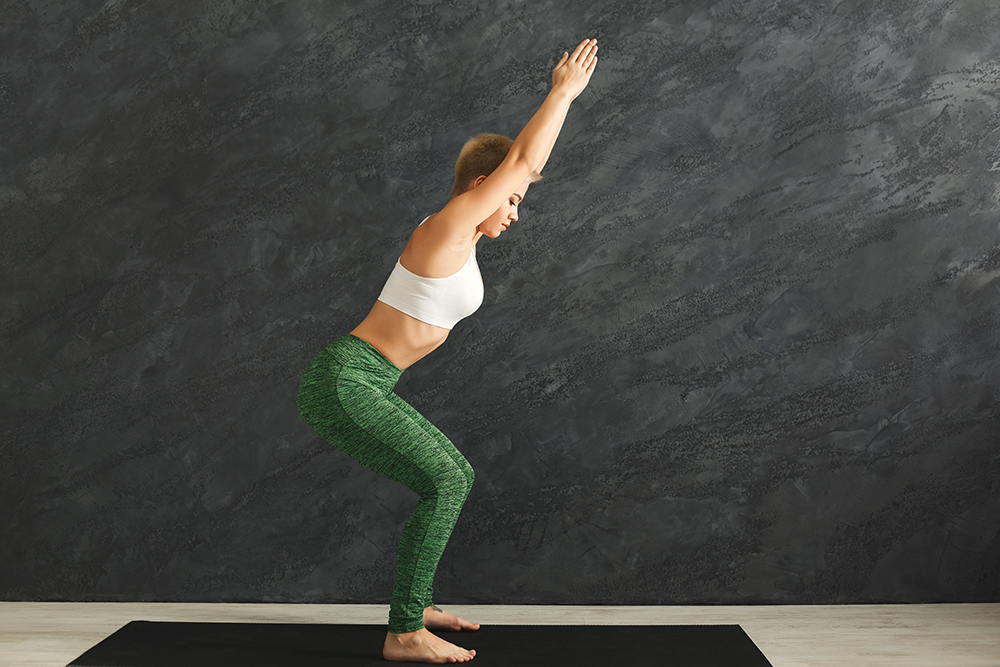
The Chair Pose is a standing yoga position that is great for strengthening the legs, thighs, and glutes and also helps improve blood circulation and flexibility.
How To Do It: Stand with your feet together and arms at the side. Inhale deeply, then exhale as you bend your knees to squat down while raising your arms parallel to the floor. Keep your back and arms straight throughout this pose. Look forward and hold for 30 seconds or more if possible before returning upright while you inhale.
Child’s Pose (Balasana)
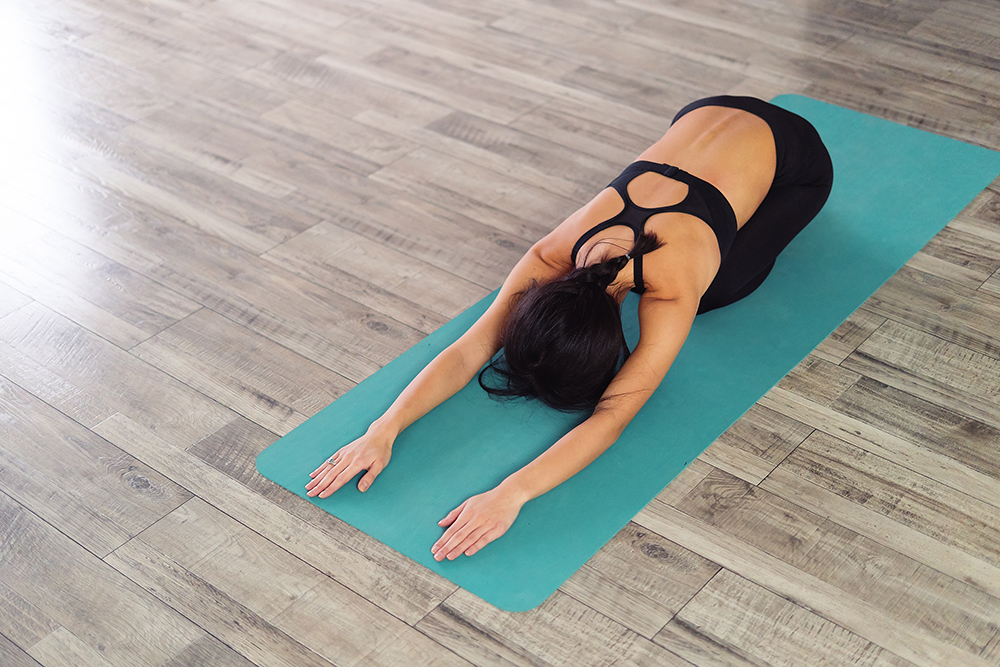
The Child’s Pose is a yoga pose for beginners that properly aligns the spine and stretches out your back, shoulders, arms, and hamstrings while releasing fatigue and tension throughout your body.
How To Do It: Start in an all-fours position with hands directly underneath your shoulder blades. Take a deep breath in as you exhale while moving onto your knees so that they are aligned with your hips.
Look downward and reach out with the top of your head facing downwards while breathing deeply for 30 seconds or more before rising up to a kneeling position.
Downward Facing Dog (Adho Mukha Shvanasana)
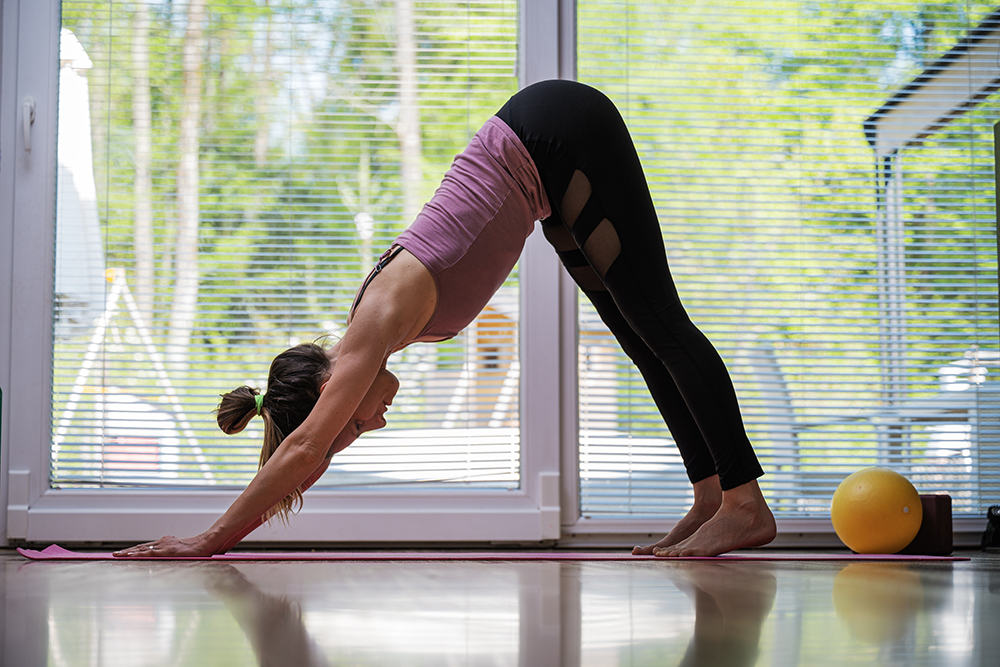
Downward dog is a popular and excellent yoga pose that stretches out your legs, buttocks, arms, and shoulders while strengthening your core. This pose also helps relieve stress and anxiety, so a downward dog is excellent to include in your yoga routine.
How To Do It: Start on all fours with hands underneath your shoulders and knees positioned under hips.
Exhale as you lift up your knees to straighten out into a plank position while pointing toes downwards, then slowly start to shift weight onto the balls of your feet until only the tips of them are touching the ground. Keep arms extended but relaxed throughout this pose.
Cat-Cow Pose (Chakravakasana)

The cat-cow pose is great for stretching and toning the upper body, especially the spine, neck, and shoulders, while also strengthening your abdominal muscles and thighs at the same time. It is also a good pose for relieving back pain.
How To Do It: Start by getting on all fours with hands directly under your shoulders and knees underneath your hips.
Keep your head looking downwards while you exhale, then lift your chest as you inhale to arch the spine back into a cat pose for between 20-30 seconds before returning back to normal by gently moving your chin towards the ceiling or sky in an upward motion while breathing out. Repeat this for at least 30 seconds or as long as you can.
Cobra Pose (Bhujangasana)
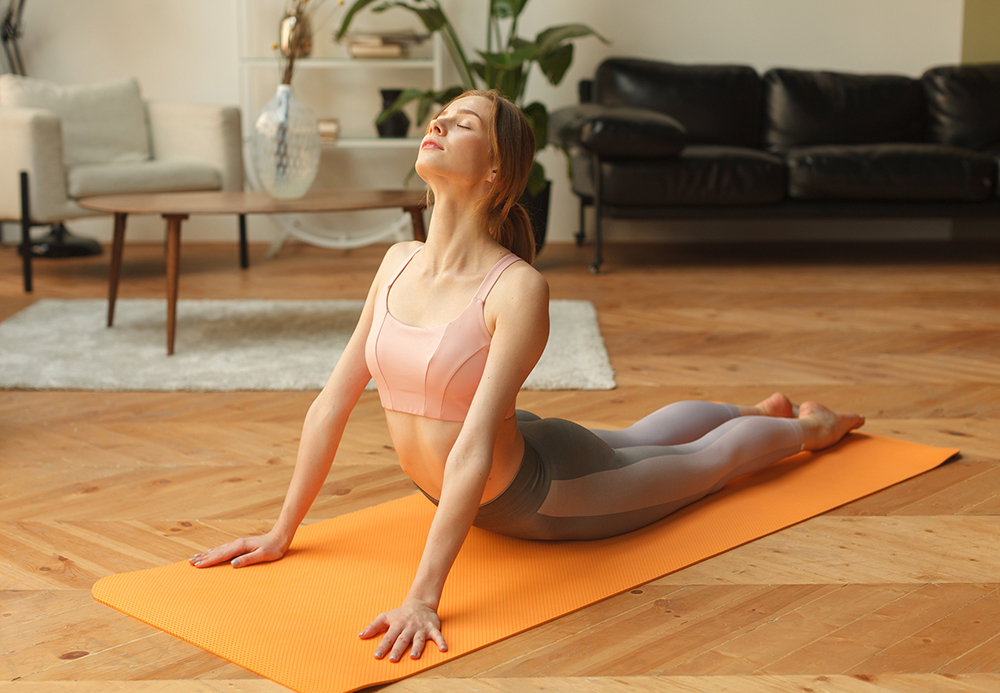
Cobra pose is a great yoga posture for increasing flexibility in the spine, chest, and shoulders while strengthening your arms, legs, and back. This pose can be done at any time of the day to ease tension, but it’s especially recommended as part of your morning yoga since it gets you energized right away.
How To Do It: Lie face down on the floor with legs and feet together, arms bent at a 90-degree angle directly underneath your shoulder blades while you exhale deeply.
Inhale as you lift your torso and head (keeping the stomach muscles tucked in and your core engaged), then reach up towards the sky to feel a deep stretch across your belly and chest.
Happy Baby Pose (Ananda Balasana)
This yoga position is great for calming anxiety and stress, relieving back pain, and strengthening the thighs, spine, and neck. It also helps you relax by encouraging full-body circulation while stretching out your hip flexors, leading to better posture over time.
How To Do It: Start on your back with both knees bent and feet directly underneath your hips, then exhale as the lower body relaxes into a fetal-like position by bringing soles of your feet together. Inhale to come out of this pose before moving onto other poses in the morning yoga routine while breathing deeply for 30 seconds or more.
Mountain Pose (Tadasana)
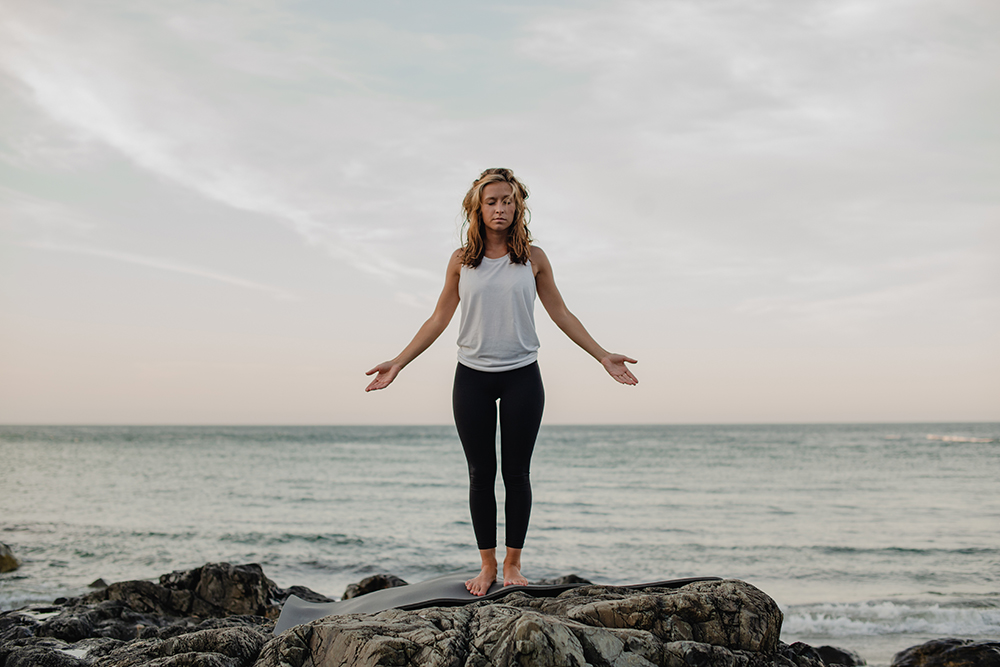
Mountain Pose is best known for being the basic standing posture that’s used in many other poses. It also strengthens your legs, arms, and back while calming your mind to help you achieve a state of peace and relaxation throughout the day, which can have long-term benefits on mental health over time.
How To Do It: Stand with your feet hip-width apart, spine long and relaxed while breathing deeply for 30 seconds or more.
Dancer Pose (Natarajasana)
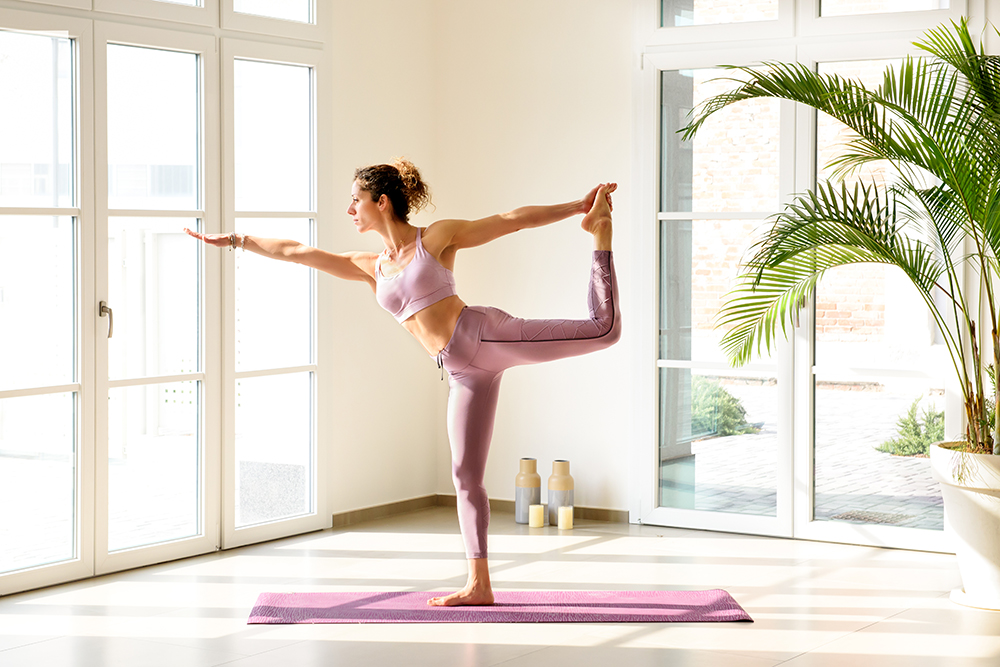
Dancer pose is a great way to strengthen your thighs, knees, and ankles while also toning the muscles in the back. It is excellent for increasing flexibility in the entire body since it stretches out your hamstrings, leading to better overall posture over time.
How To Do It: Start in a standing position with feet together. Place your weight on the right foot as you bend your left knee and lift your left foot off the floor. Grab your left foot with the same hand and stretch out over to touch it with the opposite arm. You should feel a great stretch in your hamstrings as you hold this pose for 30 seconds or more before switching sides.
Camel Pose (Ustrasana)
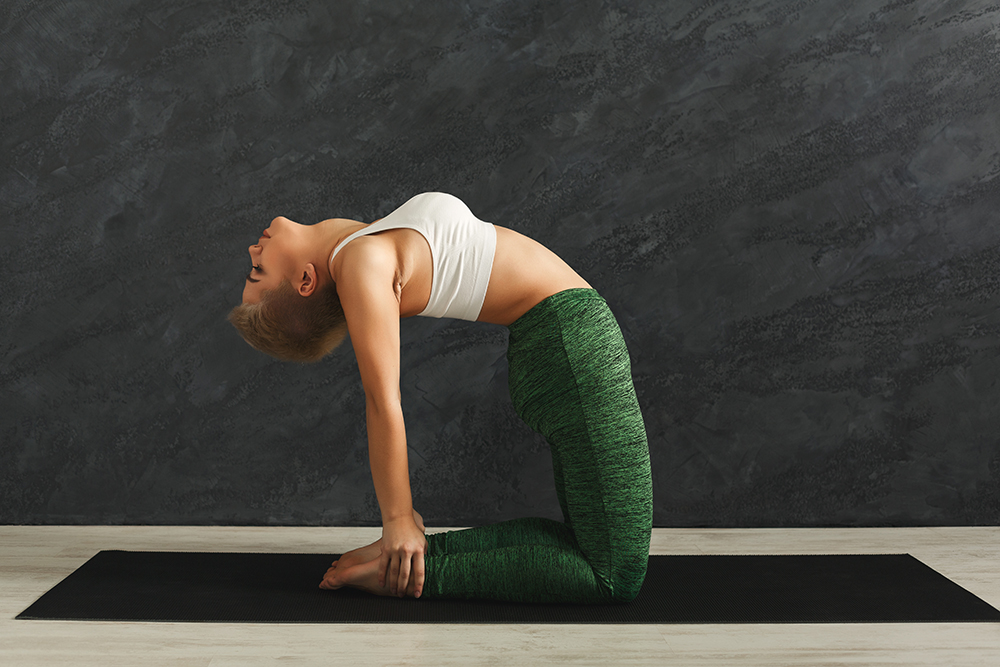
Camel pose is a great way to open up your chest and shoulders while strengthening the upper back. It is especially recommended as part of the morning yoga practice since it relieves tension in your neck and shoulders.
How To Do it: Start by kneeling on the floor with knees directly underneath your hips while you place hands on either side of your thighs. Slowly exhale before using your abdominal muscles to lean back onto your heels as you lift your chest upwards and backward.
Then slowly release your head back if comfortable enough towards legs but only go so far if it feels uncomfortable for the neck.
Warrior Pose (Virabhadrasana)
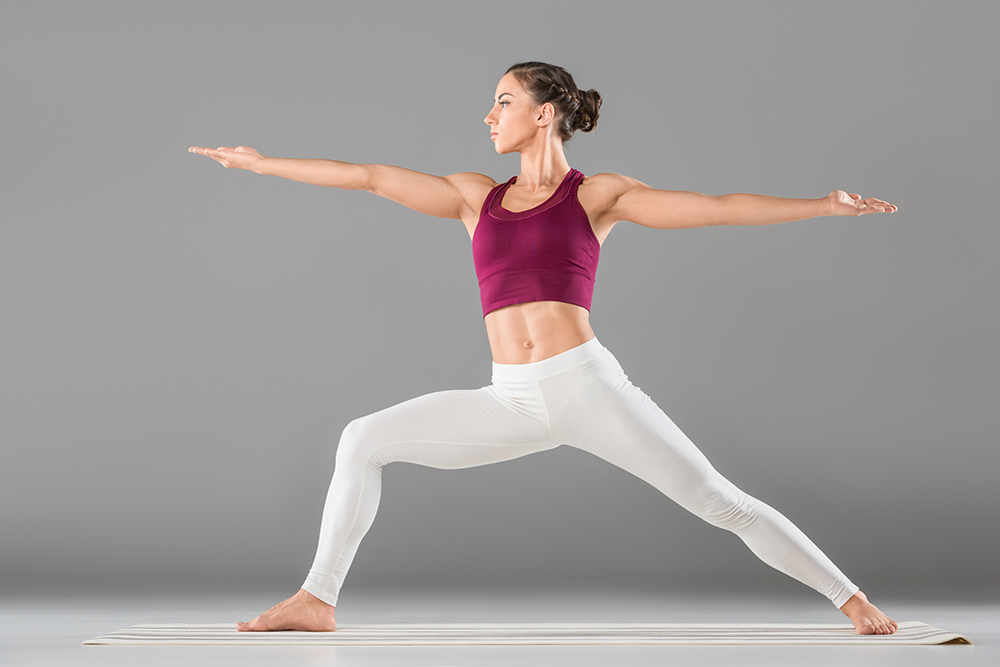
Warrior pose stretches out the lower body, hips, and thighs while strengthening entire legs. It can relieve tension in your back and sciatica if done correctly, which makes it perfect for performing at any time of the day but especially recommended as part of the morning yoga routine.
How To Do It: Start by standing with your feet together, arms at sides while you exhale deeply. Inhale to lift the left leg up so it’s parallel to the ground before turning torso and head over right thigh while reaching down towards right foot if possible or keeping hands on hips for less flexibility. You should feel a strong stretch in the left leg as you hold this pose for 30 seconds or more before switching sides.
Tree Pose (Vrksasana)
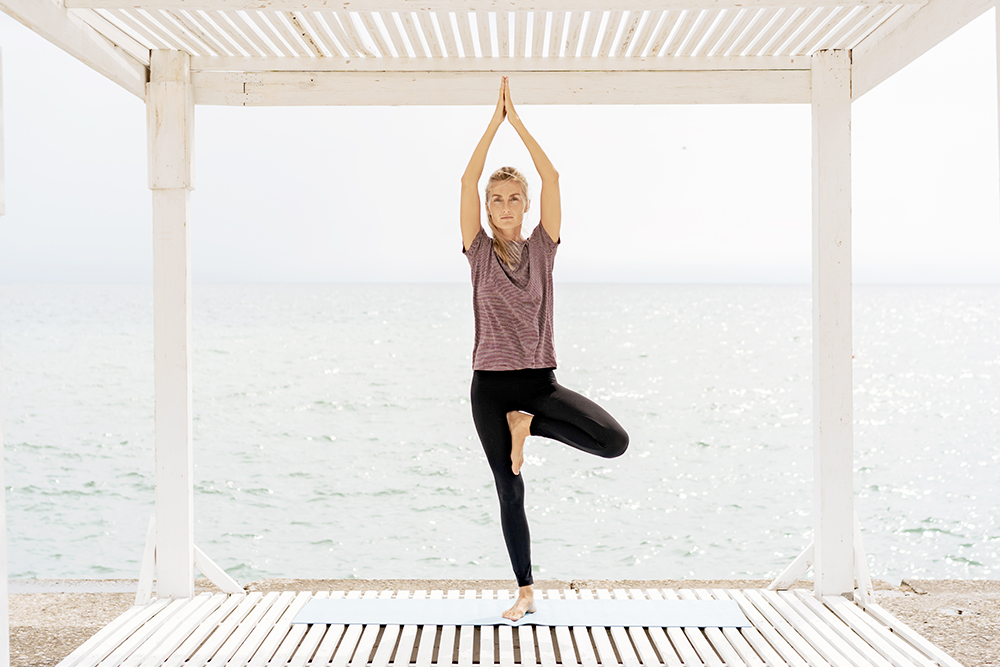
Tree pose is a great way to strengthen the muscles in your core as well as that overall body. It can be especially beneficial for beginners since it helps you balance, making following other poses easier.
How To Do It: Start standing with feet together, arms at sides, while you exhale deeply. Inhale to lift your left leg off the ground and bring the sole of your foot against the inner right thigh.
Bridge Pose (Setu Bandha Sarvangasana)
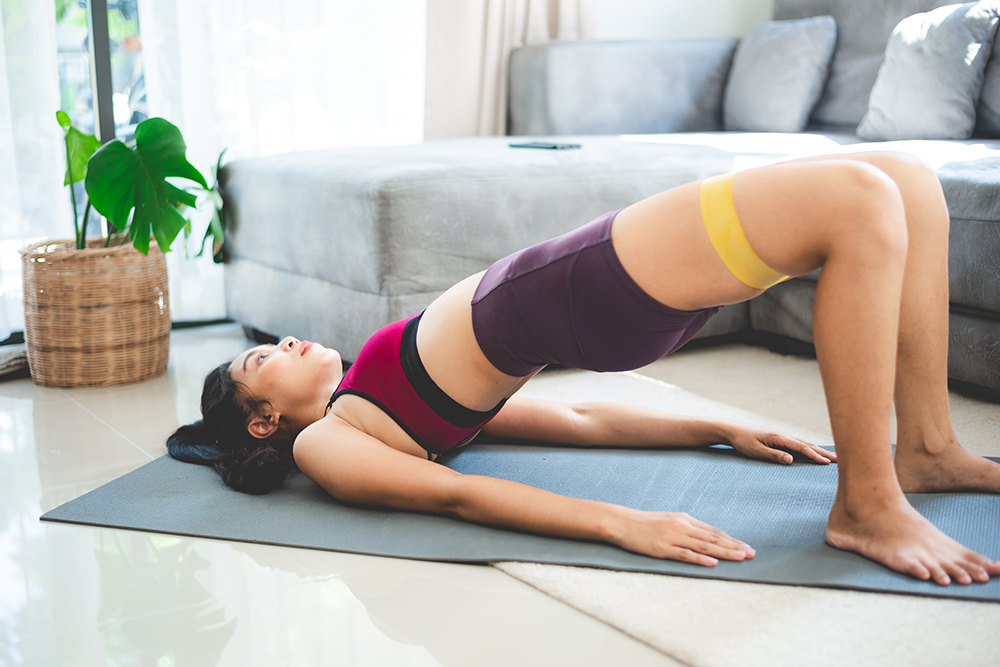
Bridge pose is an outstanding yoga pose for stretching your entire body and strengthening the upper and lower back. It also helps strengthen your triceps, hamstrings, and glutes, which can be beneficial for those who spend most of their time sitting at desks all day long.
How To Do It: Lay on your back with arms at sides, palms facing down while you exhale deeply. Inhale to lift legs up so they are parallel to the ground before using your upper body strength and pressing feet into the floor as you raise hips upwards towards the ceiling.
Plank Pose (Phalakasana)
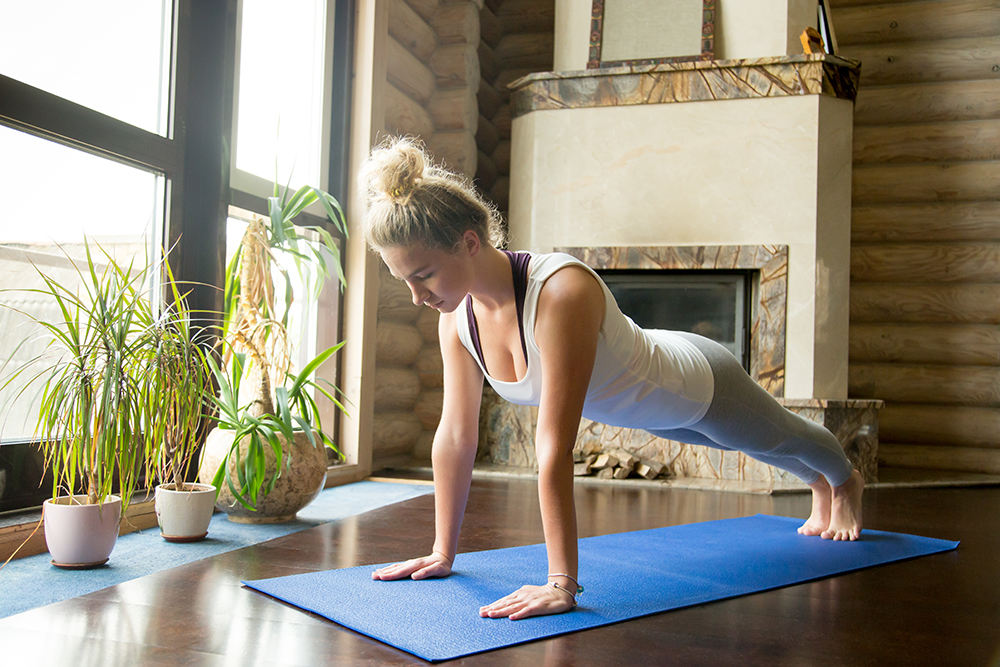
Plank pose is a great way to strengthen your whole body through the core while relieving tension in the shoulders, back, and arms. It can be especially beneficial for beginners since it forces you to focus on keeping good posture throughout the entire pose.
How To Do It: Start by laying down on your stomach with arms underneath you and palms facing downwards. While exhaling, push yourself up onto forearms so that your body is raised off the ground while keeping your back straight at all times.
Final Takeaway
If you want to start your day off right, try this morning yoga routine for beginners.
Not only will it help wake up and energize you for the day ahead, but it can also be an excellent way of relieving stress from the previous night or easing tension in your body when you’ve found yourself sitting too long at work.
Whether you do some simple stretches before starting your workday or make time after breakfast for a more intense session, adding this habit into your daily schedule is sure to improve how productive and happy you feel throughout the rest of the day.
Do you have a favorite yoga pose that was not included in this article? Let us know in the comments below!

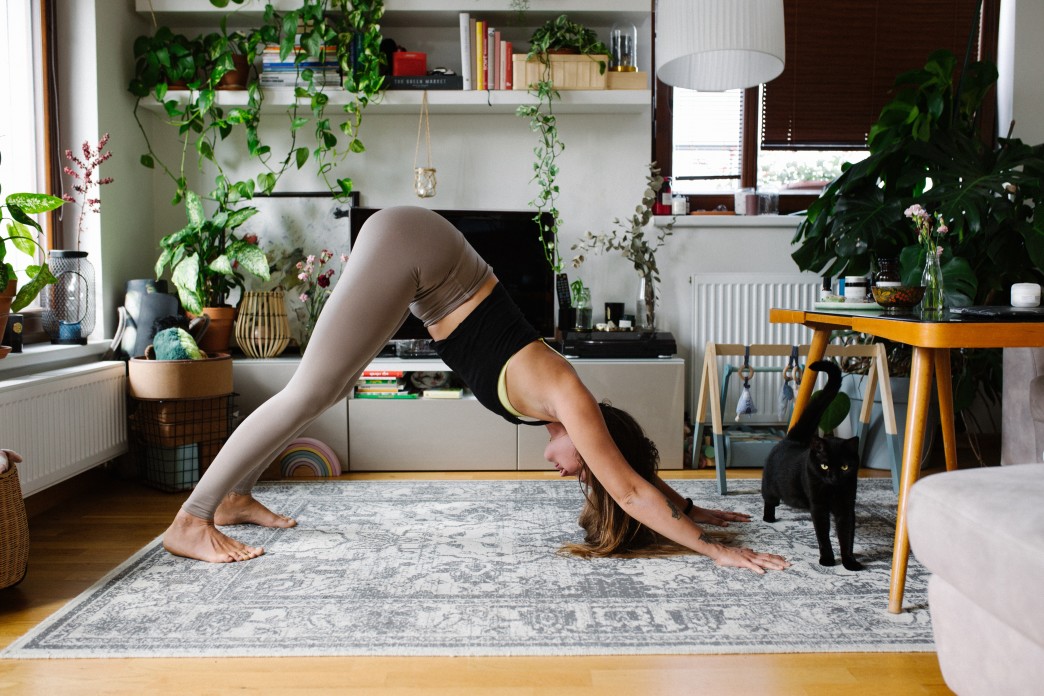

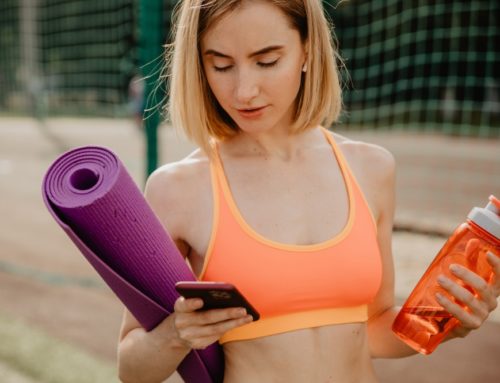
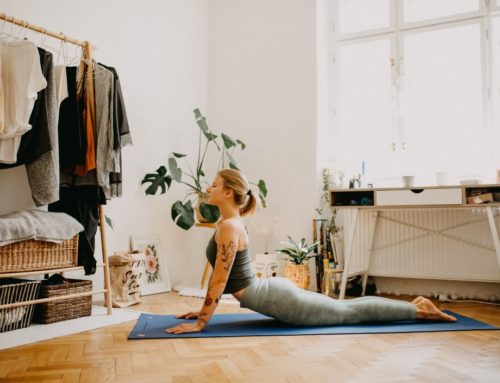
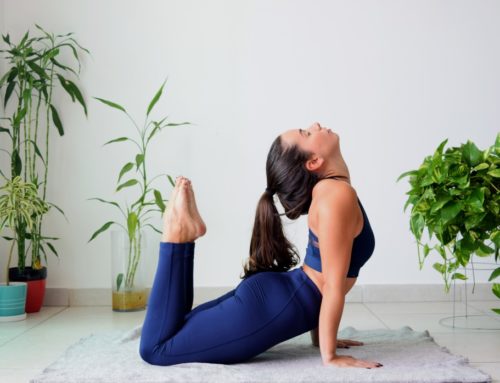
Leave A Comment